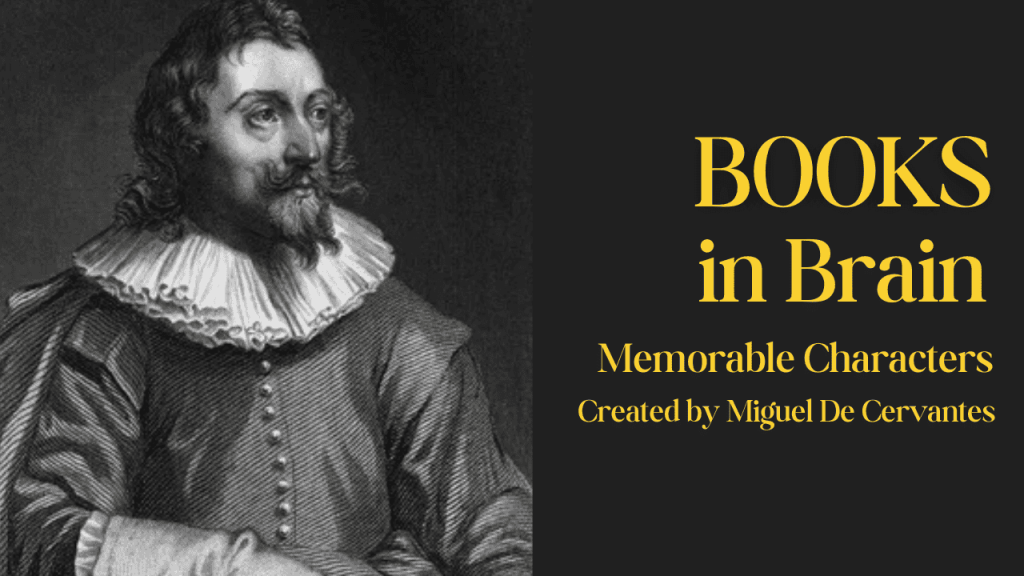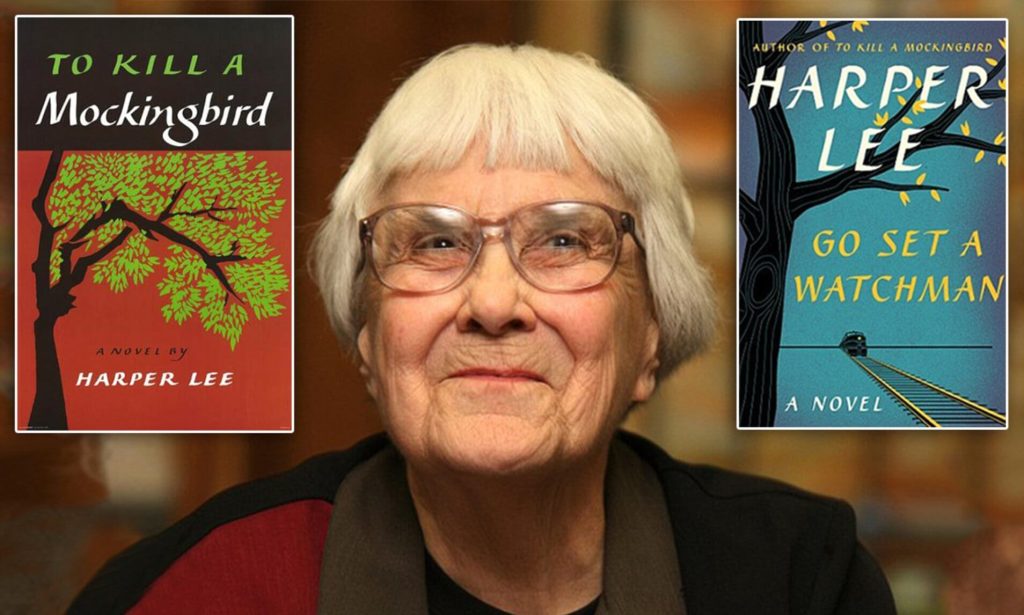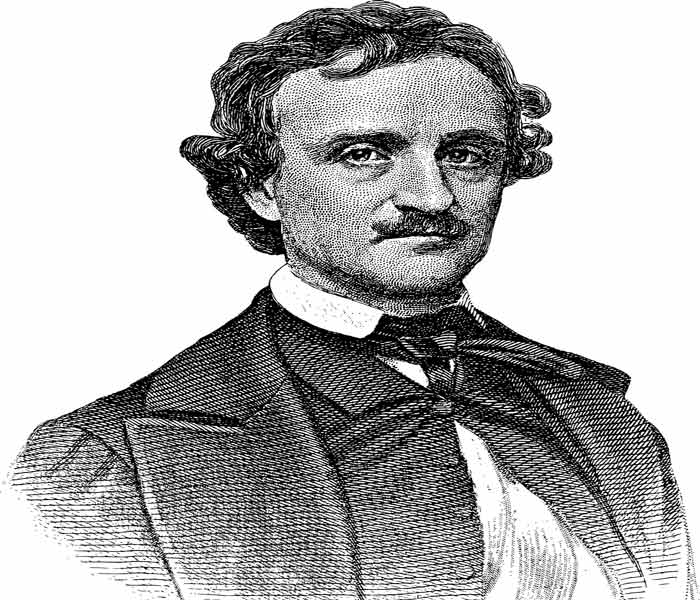Miguel de Cervantes (1547–1616) was a legendary novelist, playwright, and poet of the Spanish Golden Age (16th–17th century). Miguel is widely regarded as the greatest figure in Spanish literature.
He is best known for his masterpiece Don Quixote, but his characters go far beyond the title hero. Cervantes created people who feel real, with flaws, humor, and emotions that make them timeless.

Here are ten of his most memorable characters and how they influenced readers for centuries.
10 Best Memorable Characters Created by Miguel de Cervantes
1. Don Quixote (Alonso Quixano) – Don Quixote (1605, 1615)
Don Quixote is one of literature’s most iconic figures. He is a man who reads too many books about knights and decides to become one himself. Wearing old armor and holding a rusty lance, he sets off to fight for justice. He transforms into a self-declared knight-errant.
On his adventures, he mistakes windmills for giants and gets into funny situations. Even though his ideas seem silly, Don Quixote’s kind heart reminds us to keep dreaming, no matter what others say, even when the world laughs at us.
2. Sancho Panza – Don Quixote (1605, 1615)
Sancho Panza is Don Quixote’s loyal master and the complete opposite of his master. Where Quixote is idealistic, Sancho is practical. He follows Quixote not for glory but for the promise of ruling an imaginary island.
Sancho’s simple wisdom and humor balance the story’s deep themes. His loyalty to Quixote shows the power of friendship, even in the face of madness.
3. Dulcinea del Toboso– Don Quixote (1605, 1615)
Dulcinea is not a real person. She is someone of Don Quixote’s imagination. He transforms Aldonza Lorenzo, a common peasant woman, into his noble lady. To him, Dulcinea represents everything pure and good like beauty, grace, and all the ideals of knighthood.
Her role highlights Quixote’s ability to see the world not as it is, but as it could be. She symbolizes the beauty of believing in something bigger than oneself.
4. The Priest (Pero Pérez)
Pero Pérez is a practical man who cares deeply for Don Quixote. He tries to bring him back to reality. He represents the voice of reason in the story. Early on, he burns Quixote’s books to stop him from reading too many stories about knights. He just wants to rid Quixote of the chivalric romances that fueled his madness.
The Priest means well, but his actions show the clash between imagination and real life. It makes his role more complex than it seems.
5. The Barber (Master Nicolás) – Don Quixote (1605, 1615)
The Barber is a close friend of the Priest and plays a comedic role in the story. He helps the Priest in many schemes to bring Quixote back to sanity. One memorable moment is when they disguise themselves to trick Quixote into returning home. The Barber’s silly actions add fun to the story and show how far friends will go to help someone they care about.
6. The Duke and Duchess– Don Quixote (1615)
The Duke and Duchess are wealthy aristocrats who appear in the second part of Don Quixote. They amuse themselves by creating elaborate pranks to mock Quixote and Sancho. While their jokes seem funny at first, they serve as a critique of how powerful people can be cruel to those who are different.
7. Cardenio – Don Quixote (1605)
Cardenio is a tragic character from a subplot in Don Quixote. He is a young man. But he goes mad after being betrayed in love. Living as a hermit, he symbolizes heartbreak and the struggles of human emotion. Cardenio’s story is believed to be inspired by real events, making him one of Cervantes’ most relatable characters.
8. Marcela– Don Quixote (1605)
Marcela is a shepherdess with a strong sense of independence. She rejects societal expectations and chooses to live freely. Even she refuses the advances of men who idealize her.
Her speech defending her choices is one of the most powerful moments in Don Quixote. Marcela’s character feels modern, as she represents women’s right to choose their paths.
9. Ricote– Don Quixote (1615)
Ricote is a Morisco, a Muslim convert to Christianity. But he was forced to leave Spain. His story reflects the hardships faced by minorities during Cervantes’ time. Ricote’s brief appearance in Don Quixote adds depth to the novel, touching on themes of exile, identity, and longing for home.
10. Gines de Pasamonte– Don Quixote (1605)
Gines de Pasamonte is a crafty criminal who appears in Don Quixote. He is part of a group of prisoners freed by Quixote. Don Quixote frees him, thinking he is innocent, but Gines quickly causes trouble. He is tricky and only cares about himself.
Gines’ cunning and self-interest make him stand out. Some believe Cervantes added Gines to poke fun at himself, making the character even more entertaining.
Note: Miguel de Cervantes’s Don Quixote (published in two parts: 1605 and 1615), is considered his magnum opus and one of the greatest works in world literature. While Cervantes wrote other works, such as Novelas Ejemplares (Exemplary Novels) and La Galatea, none achieved the same level of fame or had characters as iconic as those in Don Quixote.
Conclusion
Miguel de Cervantes created characters that transcend time. From the noble yet flawed Don Quixote to the ever-pragmatic Sancho Panza, each character brings a unique blend of humanity, humor, and wisdom.
Whether you’re seeking inspiration, adventure, or reflection, his characters promise a journey worth taking. Dive into Cervantes’ world, and you’ll discover stories that remain as relevant and captivating today as when they were first penned.


